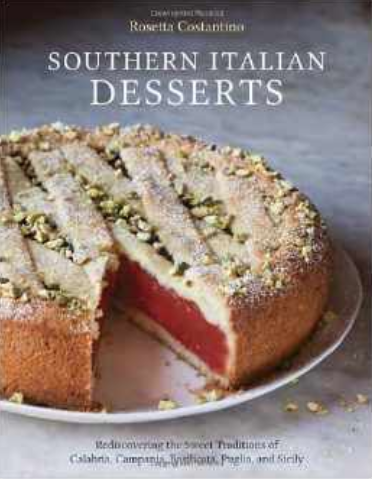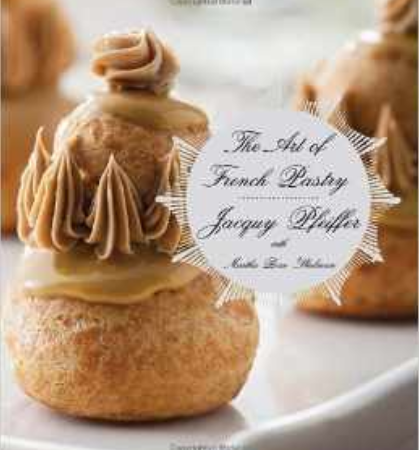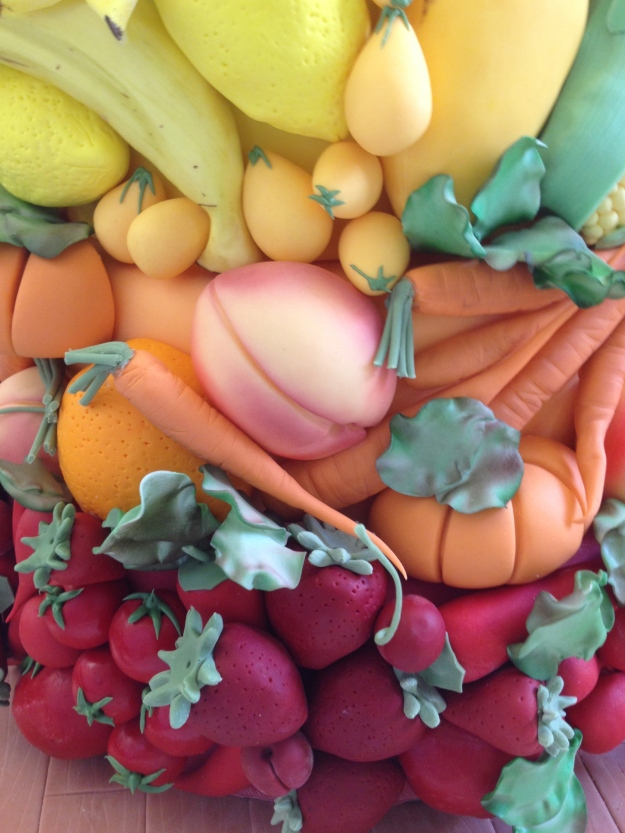I love cookbooks, all kinds. For me though, the components of a great cookbook include more than just recipes. I want to know about the life of the author, the origin of the recipes and of course, the book needs to include plenty of quality photos! I’m very excited to present a post by my guest blogger and colleague, Jean Moats. As one of our Johnson & Wales University librarians, Jean is a great asset to the education of our students and our chefs. I love it when Jean says ” I just got in the newest book by…….., you’ve got to take a look!” So, I asked her to share with us the latest additions to our JWU library.
Fine French Desserts by Hubert Delorme: This book could be considered a textbook for a cook wanting to learn how to make beautiful French desserts. The first part of the book goes over basic techniques and recipes for making the different parts of the desserts. The next section is a practical guide featuring all of the needed tools. The final section, written by French pastry chefs, includes the recipes to make these stunning creations.
Jenny McCoy’s Desserts by Jenny McCoy: Most dessert books are divided up by different types of desserts such as pies, cakes, cookies and candy. Jenny McCoy used a fresh approach with book in organizing the recipes by seasons. If you need a spring dessert for your next party, then turn to the spring section for a lovely Blueberry-Almond Cream Tart. The recipes are easy to follow with clear instructions. McCoy includes not only desserts but also seasonally themed drinks.
Mast Brothers Chocolate: A Family Cookbook by Rick Mast and Michael Mast: Winner of the IACP in the Single Subject Category. Rick and Michael Mast started craft chocolate factory in Brooklyn in order to produce handcrafted chocolate. They seek to make the chocolate using best ingredients from small producers. This book includes the story of their journey along with delicious recipes.
Southern Italian Desserts by Rosetta Costantino: Desserts in Italy are more than just cannoli and gelato. Rosetta Costantino brings us the desserts of Calabria, Campania, Basilicata, Puglia and Sicily, all regions in southern Italy. Rich delicious desserts fill the pages of this book. Costantino explains the regional history, symbolism and lore behind these desserts.
The Art of French Pastry by Jacquy Pfeiffer with Martha Rose Shulman: Winner of the IACP in the Baking Category. Jacquy Pfeiffer covers the fundamentals of pastry, beginning with his life working in his father’s bakery. The book continues with recipes for classic French pastries. Pfeiffer includes a sidebar in the many recipes where he gives more information about a particular ingredient that is used. It is an excellent book for anyone wanting to learn the fundamentals of French pastries.
NOTE: All of these editions are available from your favorite online book retailer OR, better yet, take a closer look at these great books in the library!
Jean Moats, Librarian, M L.S. from University of North Carolina at Greensboro; B.A. in Home Economics and Business from Otterbein College, M. Div. in Pastoral Ministry from Duke Divinity School; Prior to the library degree, Jean worked as a pastry chef in several local catering companies while earning a degree in Culinary Arts and Hotel/Restaurant Management from Central Piedmont Community College. She worked at Queens University of Charlotte in Technical Services Department while earning her degree in library science from UNC at Greensboro. Jean joined the library staff of Johnson and Wales University in Charlotte in August 2004. She is a liaison for the College of Culinary Arts. Other responsibilities include cataloging materials, staffing the reference desk, and teaching information literacy sessions.
Thank you Jean, for your dedication and your reviews of these fantastic books!
















